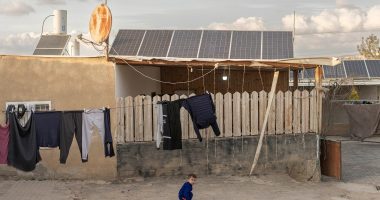
La Niña is shaking up agriculture in an already-tumultuous year for commodity markets.
The natural weather phenomenon, known as the cool sister of the better-known El Niño, occurs every few years. It is characterized by cooler-than-normal waters in the Pacific Ocean, causing dry weather in some parts of the globe and heavy rainfall in others.
Past La Niñas have created significant market volatility and raised prices for many foods, and the current edition is already pushing up prices of crops such as corn and reducing supplies of pineapples and mangos. This event has the potential to last till the Northern Hemisphere spring, according to government forecasters in the U.S., Japan and Australia who monitor sea conditions.
So far, dry conditions have been reported in Brazil, Argentina, and parts of the U.S., and bouts of excessive rain in Australia and parts of Southeast Asia.
“La Niña 2020 has evolved quicker and with stronger intensity than many leading climate models predicted,” analysts from J.P. Morgan said in November, calling the phenomenon the “primary supply-side wild card” for agricultural markets going into 2021.









